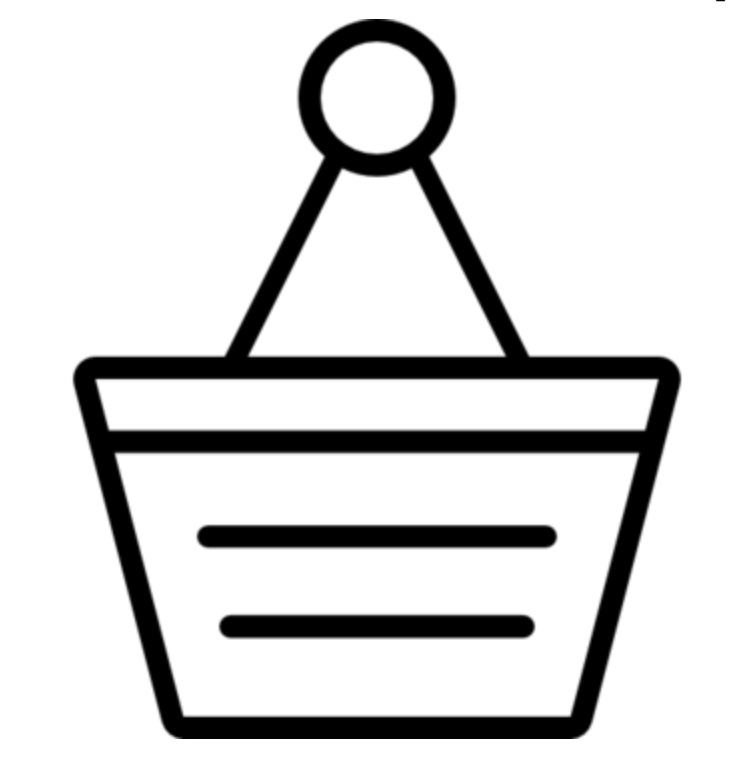As a sales professional, one of the most important steps to success is creating a sales forecast. A sales forecast is a projection of expected sales for a given period, usually a quarter or a year. It helps you identify potential opportunities and challenges, allocate resources, and plan your sales activities. In this article, we’ll give you a step-by-step guide to mastering your sales forecast.
What is a sales forecast?
Before going into the details of the sales forecast , let’s see what it is. A sales forecast is an estimate of future sales that a company expects to make. It is an essential tool for sales managers and business leaders, allowing them to plan and allocate resources, set goals for their new product and measure the performance of their sales team. . Sales forecasts can be made at a high level or at a more granular level, such as by region, by product or by customer segment.
Why are sales forecasts important?
Sales forecasts are essential for any business for several reasons. First, they enable effective planning and resource allocation. By forecasting expected revenue, companies can allocate resources such as: staff, inventory and marketing budget accordingly.
Second, a sales forecast helps set objectives and goals for the sales team. They provide a point of reference for sales reps and allow them to monitor their performance against the set objective. Finally, sales forecasts allow companies to identify potential opportunities and challenges. By understanding market trends and customer buying behavior, businesses can seasonally adjust their sales strategy to take advantage of opportunities and mitigate pain.
How to establish a sales forecast?
Developing a sales forecast involves several steps. We’ll break them down into a step-by-step process.
Step 1: Set the schedule
The first step in developing a sales forecast is to determine the forecast schedule. Sales forecasts are generally established on a quarterly or annual basis. It is essential to choose a deadline that corresponds to the objectives of your company or its business plan.
Step 2: Collect historical data
The next step is to collect historical data. This data includes past revenue, market trends, customer behavior, financial forecasts and other relevant data. Historical data provides a baseline for future projections and helps identify trends and patterns.
Step 3: Analyze the data
Once you’ve gathered the historical data, it’s time to analyze it. Look for trends and patterns in the data, such as: seasonal fluctuations or changes in customer behavior. This forecast analysis will help you make informed projections and forecast planning on future turnover.
Step 4: Determine the sales forecast method
There are several methods for making sales forecasts, such as the weighted pipeline method or the historical growth rate method. Choose a method that aligns with your business goals and objectives, and is appropriate for your business model.
Step 5: Establish projections
Using your chosen sales forecasting method, make projections for future sales. Ensure that projections are realistic and achievable based on analysis of data and current market consumption conditions.
Elements of a sales forecast
A sales forecast usually consists of several components:
Turnover
Sales revenue is the total amount of revenue a business expects to earn from its sales during the forecast period. This is the most important forecasting tool of a sales forecast.
Sales volume
Sales volume is the number of units or products a company expects to sell during the forecast period.
Average sale price
The average selling price is the average price at which a company expects to sell its products during the forecast period.
Sales growth rate
The sales growth rate is the percentage increase or decrease in sales each month compared to the previous period.
Tips for Accurate Sales Forecasts
Accurate sales forecasting is critical to the success of any business. Here are some tips to help you make accurate sales forecasts.
Gather accurate data
Make sure the data you collect is accurate and up-to-date. Use reliable sources and verify the data before using it in your forecasts.
Use multiple forecasting methods
Use multiple forecasting methods to make your projections. This reduces the impact of errors or biases of a particular method.
Involve your sales team
Involve your sales team in the forecasting process. They have a better understanding of the market and customers, and can provide valuable time-series insights.
Control your forecasts
Regularly check your forecasts and adjust them if necessary. Market conditions can change and it is essential to adjust your forecast accordingly.
Common Sales Forecasting Mistakes to Avoid
Companies make several common mistakes when making sales forecasts. Here are a few and how to avoid them.
Overly optimistic projections
Avoid making overly optimistic predictions that aren’t backed by data and aren’t achievable. This can lead to disappointment and demotivation for your sales team.
Ignore market trends
Neglecting market trends can lead to inaccurate sales forecasts. Be sure to consider an accurate measure of market performance, customer behavior, and other relevant factors before making your forecasts.
Lack of collaboration
Lack of collaboration between the sales team and the finance team can lead to inaccurate sales forecasts. Ensure that both teams work together and provide input to create accurate forecasts.
Use technology to improve sales forecasts
Technology can play an important role in improving sales forecasts. Here are some examples of how it can help.
CRM systems
Customer relationship management (CRM) systems collect and analyze customer data. This is essential for establishing accurate sales forecasts, and is the key to commercial success .
Sales Forecasting Software
Sales forecasting software can automate the sales forecasting process and provide real-time data analysis and projections.
Predictive analysis
Predictive analytics can use historical data and machine learning algorithms to predict sales accurately.
Integrate sales forecasts into your sales strategy
Sales forecasts should be an integral part of your business strategy. Here are some ways to incorporate them.
Set targets and objectives
Use sales forecasts to set targets and objectives for your sales team. Salespeople thus have a point of reference and can monitor their performance in relation to the set objective.
Assign resources
Allocate resources such as staff, inventory, and marketing budget based on business forecasts . This ensures that you have the necessary resources to achieve your quantitative sales objectives.
Adjust your sales strategy
Use sales forecasts to adapt your monthly sales strategies. By understanding market trends and customer buying behavior, you can adapt your sales strategy to take advantage of opportunities and mitigate pain.
The Benefits of Effective Sales Forecasting
Effective sales forecasting has several benefits for businesses. Here are a few.
Better resource allocation
Accurate sales forecasts allow companies to allocate resources efficiently, resulting in better cost management and greater profitability.
Improved business performance
Sales forecasts provide a point of reference for sales reps and allow them to monitor their performance against the set target. This improves sales prospecting performance and increases turnover.
Improved planning and decision making
Sales forecasts help businesses plan and make informed decisions based on data analysis and projections.
Conclusion
In conclusion, sales forecasts are an essential tool for sales managers and business leaders, who can plan and allocate resources, set goals and measure the performance of their sales team. It involves several steps, including defining the schedule, collecting historical data, analyzing the data, determining the sales forecast method, and making the projections.
Accurate sales forecasts require reliable data, multiple forecasting methods, collaboration between sales and finance teams, and regular monitoring of forecasts. Technology can play an important role in improving sales cycle forecasts , and these should be an integral part of the sales strategy. Effective sales forecasting has several operational benefits, including better resource allocation, improved sales performance, and better planning and decision-making.
Why is sales forecasting important for a business?
How does the sales forecast work?
How to improve the accuracy of sales forecasts?
What are common mistakes to avoid when forecasting sales?
How to use sales forecasts to make informed business decisions?
What tools and software are available to help with sales forecasting?











